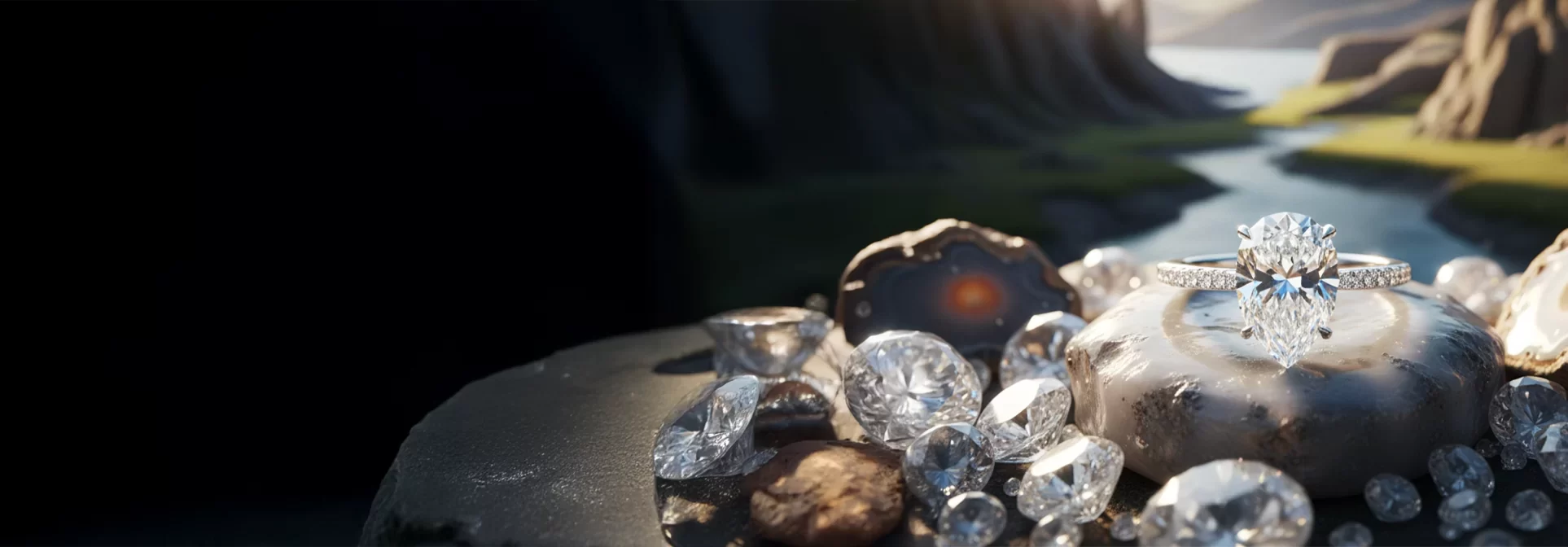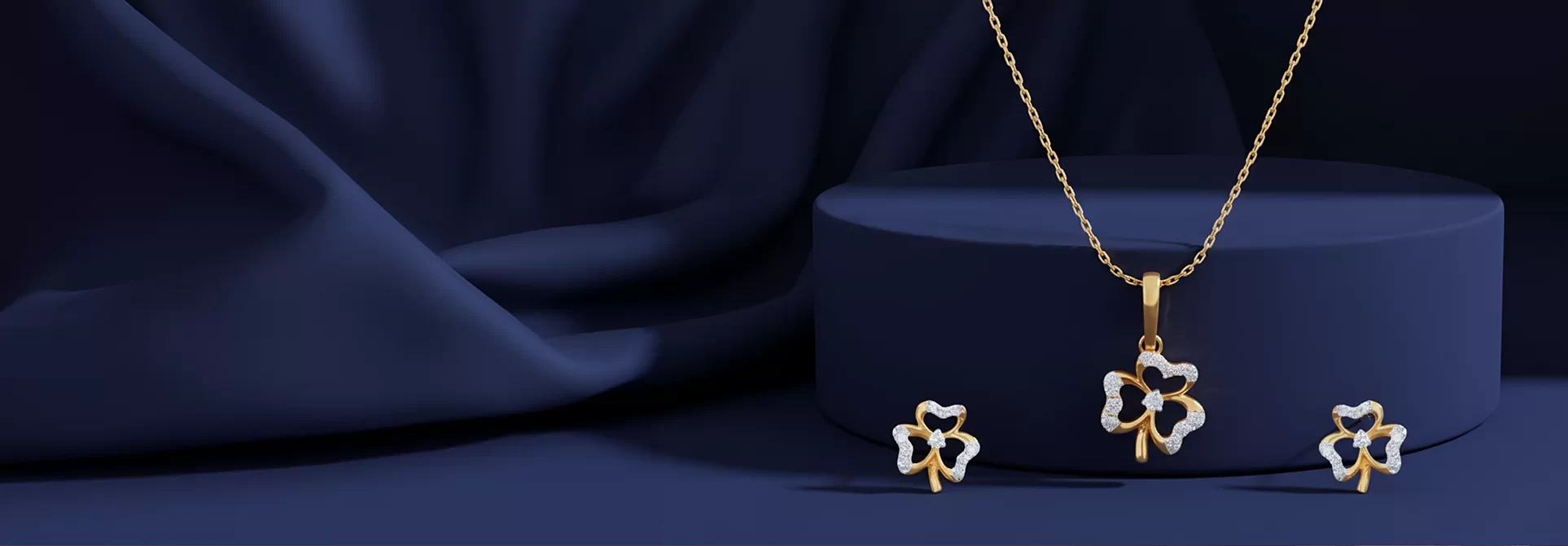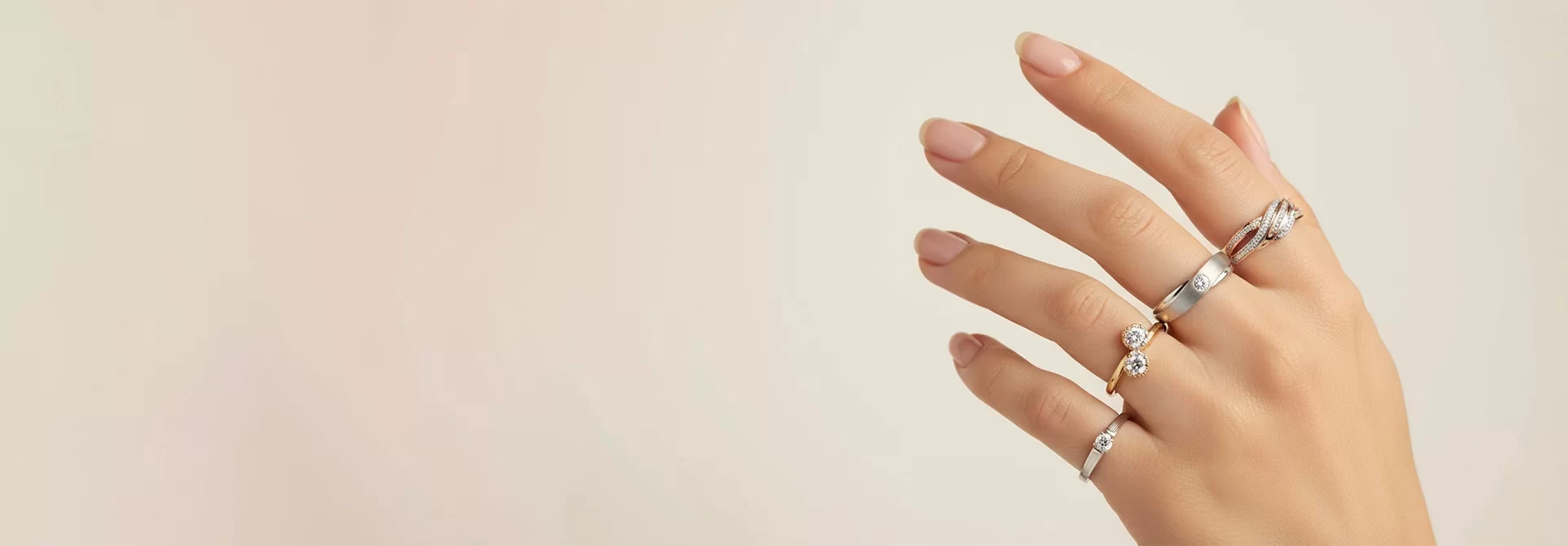Understanding diamond anatomy is like learning the alphabet before writing poetry. From Mughal palaces to Parisian salons, craftsmen have long studied each nuance of a gem’s structure to coax out its brilliance. Whether you’re admiring gorgeous diamond engagement rings in a Tanishq store or exploring our legendary archives, knowing what lies beneath the sparkle elevates your appreciation and guides you to the perfect diamond stone ring or a matching diamond necklace earring set – whatever sits currently atop your wishlist!
Let’s take you through the key elements of diamond anatomy so you can choose with confidence and see every facet of its beauty.
What Is Diamond Anatomy? Understanding the Basics:
At its core, diamond anatomy is the study of a diamond’s physical parts: the facets, the angles, the girdle, the culet: each playing a vital role in how light dances within. By mapping these elements, gemologists ensure that every ray of light enters and exits in a symphony of fire and scintillation.
Key Parts of a Diamond You Should Know:
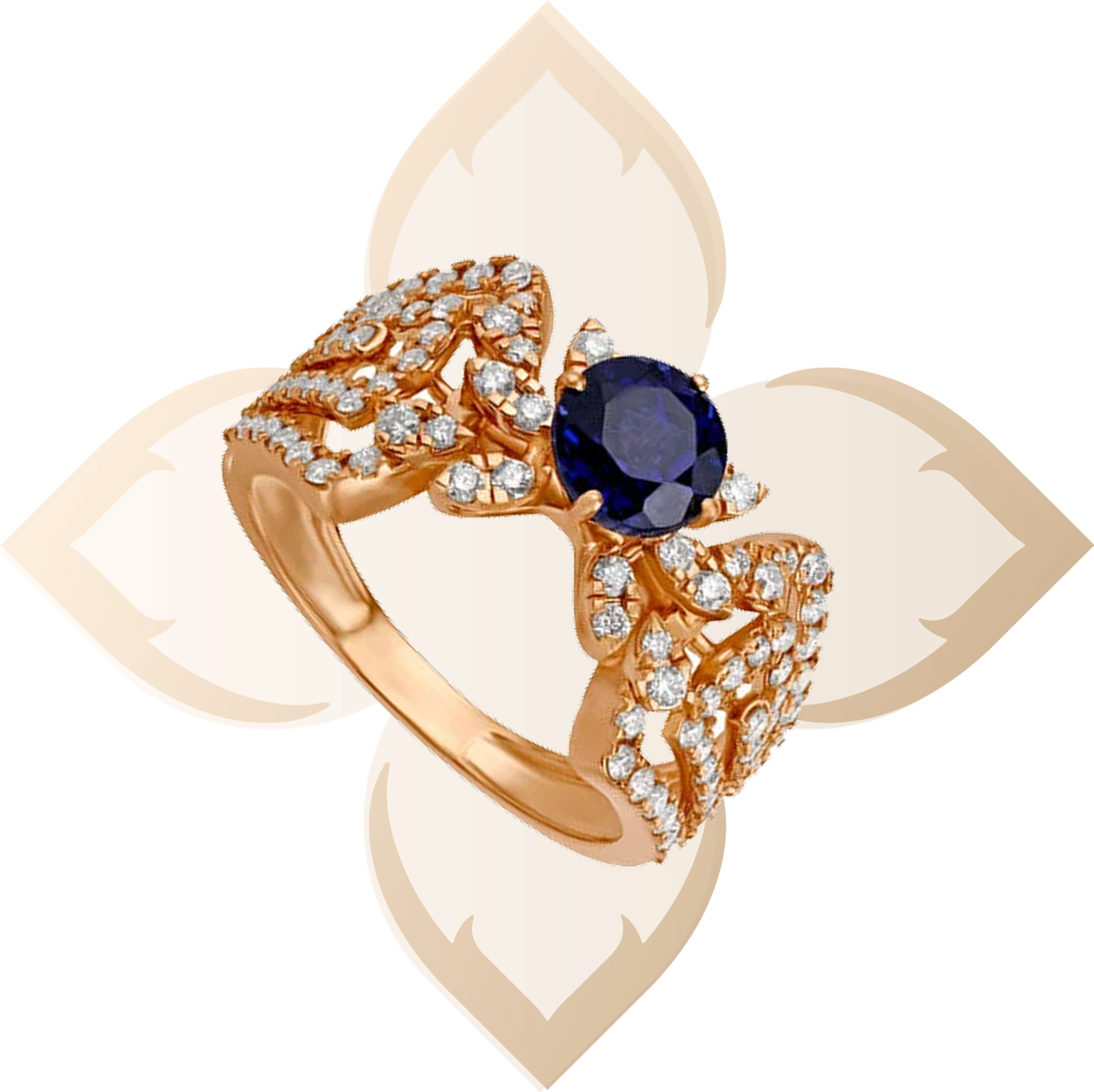
Diamond Crown
Crowning glory isn’t just metaphorical: the crown is the top portion above the diamond table, where light first enters your gem. Its angles influence sparkle direction and fire intensity.
Diamond Table
The diamond table is the largest, flat facet atop the crown. Its size, typically 53–58% of the stone’s diameter, governs how much light penetrates and returns, shaping brilliance.
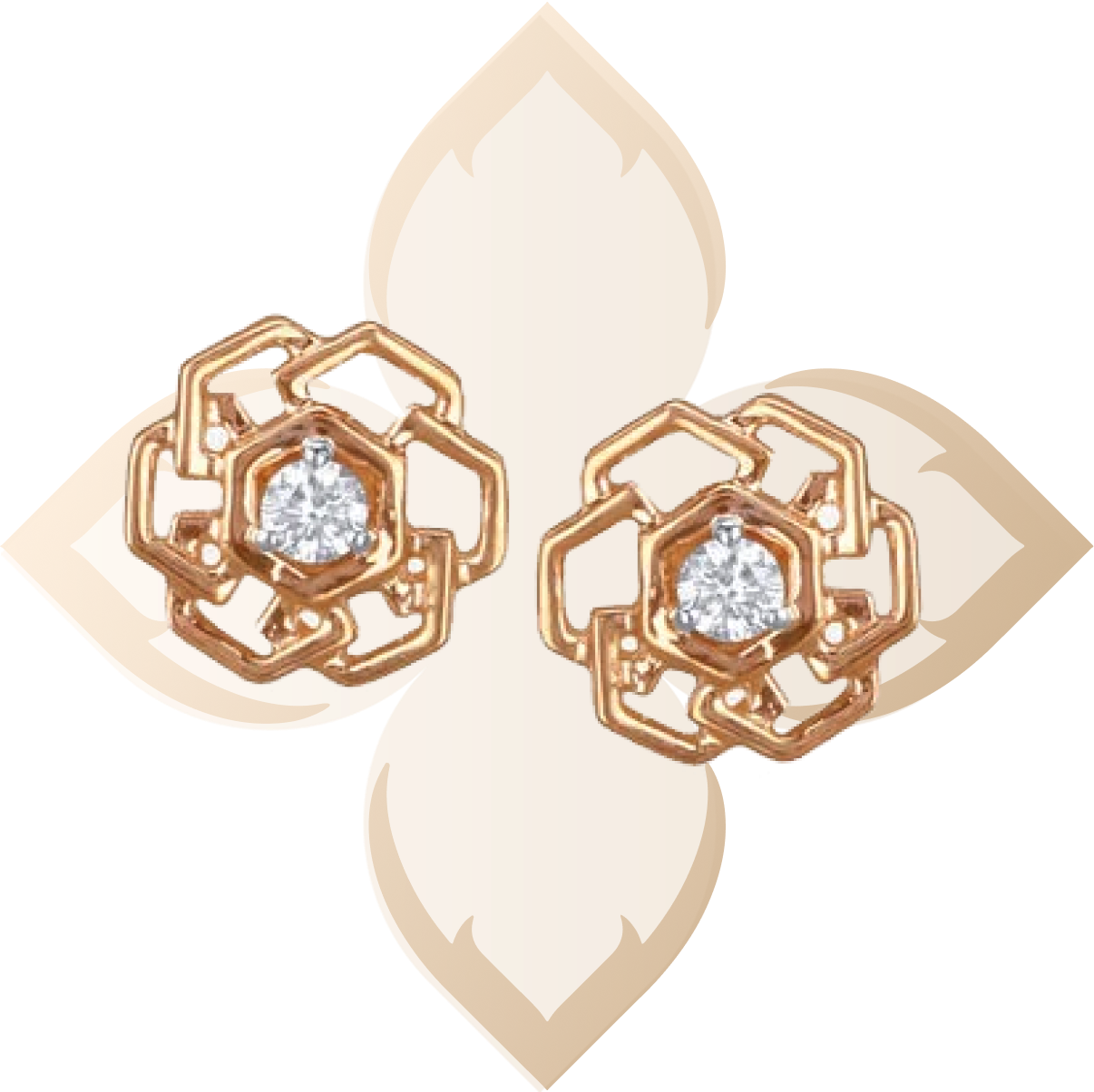
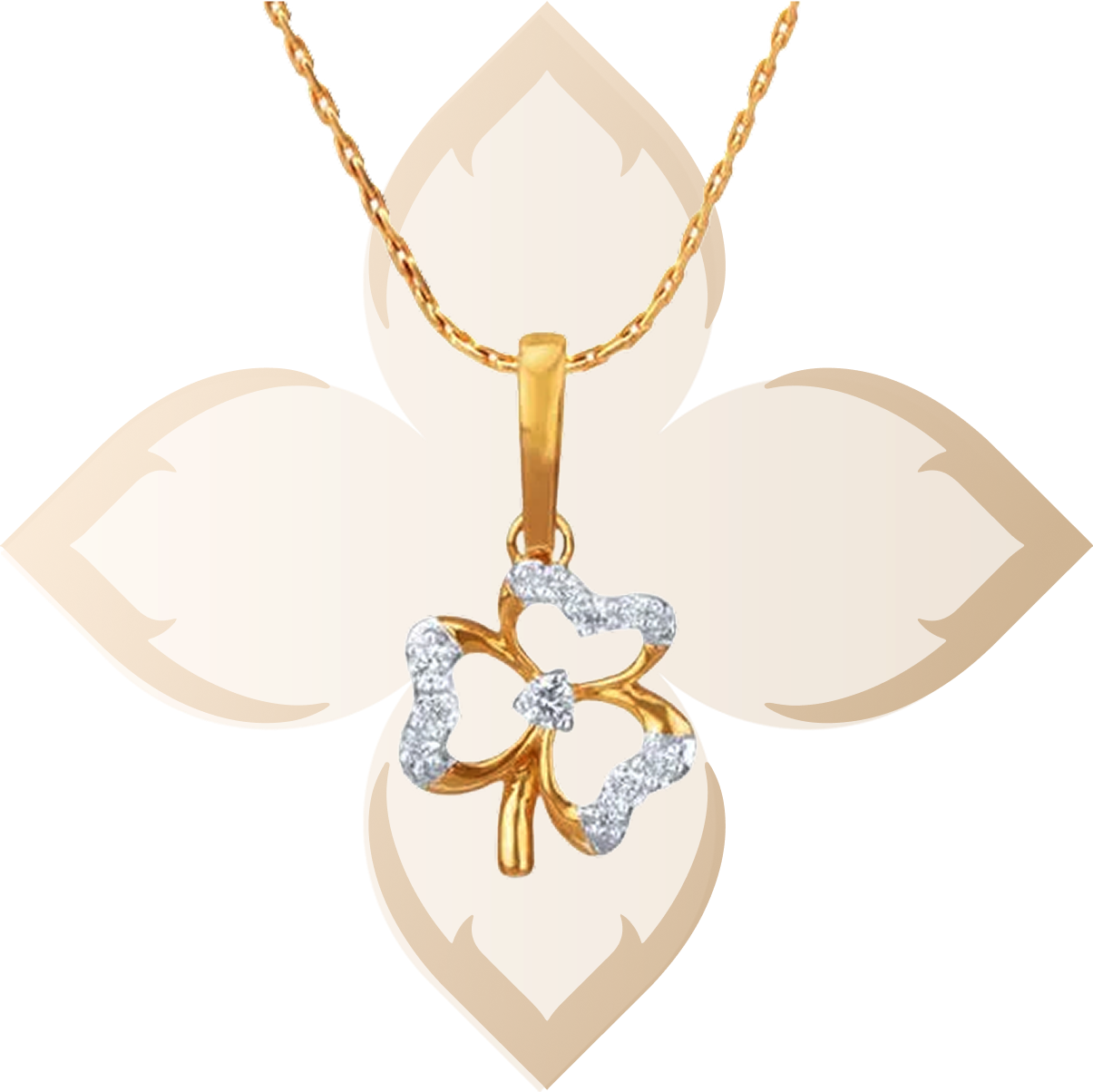
Star Facets Diamond
Nestled between the table and bezel lie the star facets diamond, those little triangular facets that form a star pattern. They’re essential for that initial burst of light play.
Bezel Facets
Also called main facets, the diamond bezel facets slope from the star facets down toward the girdle, guiding light deeper into the stone.
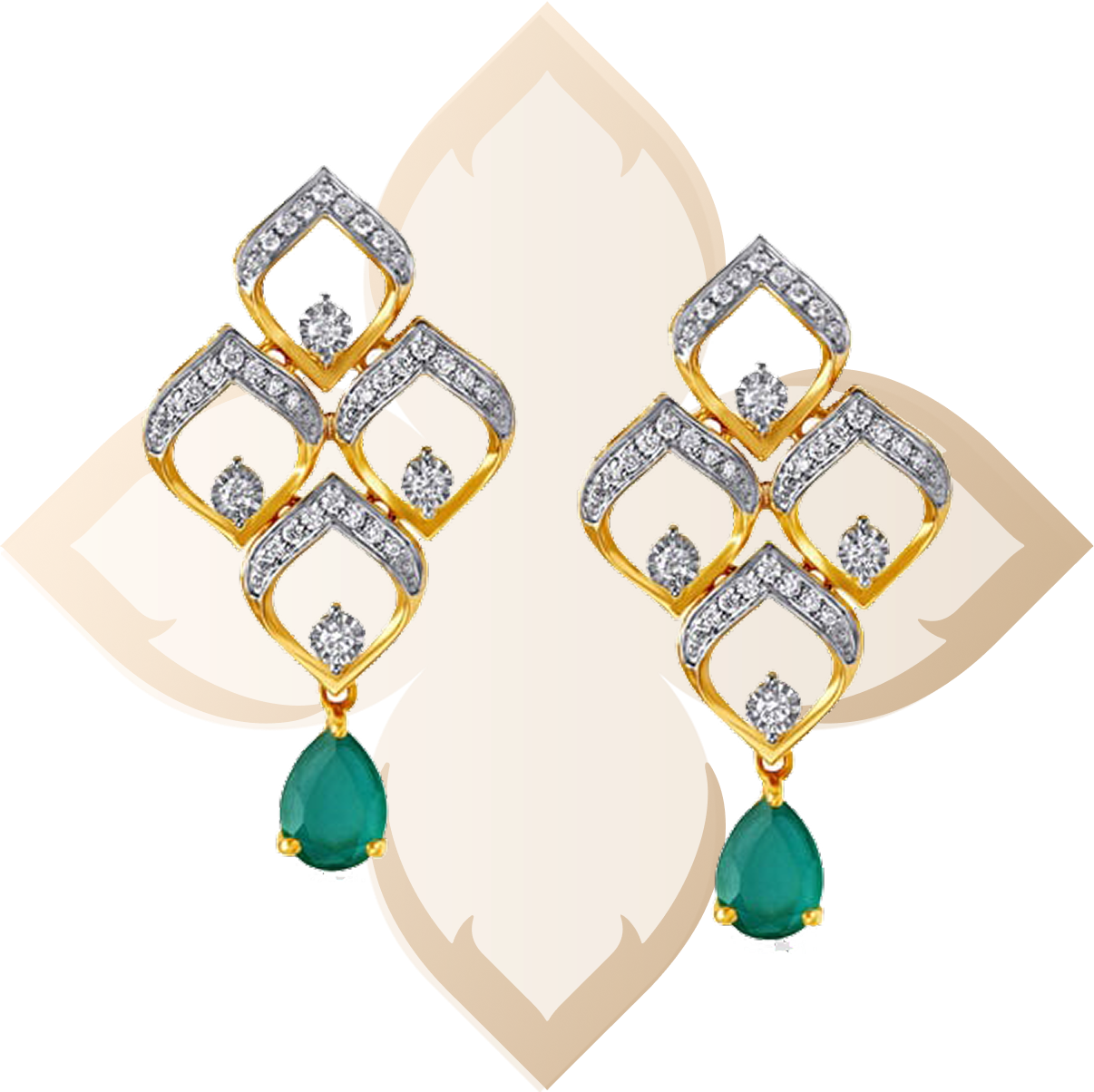
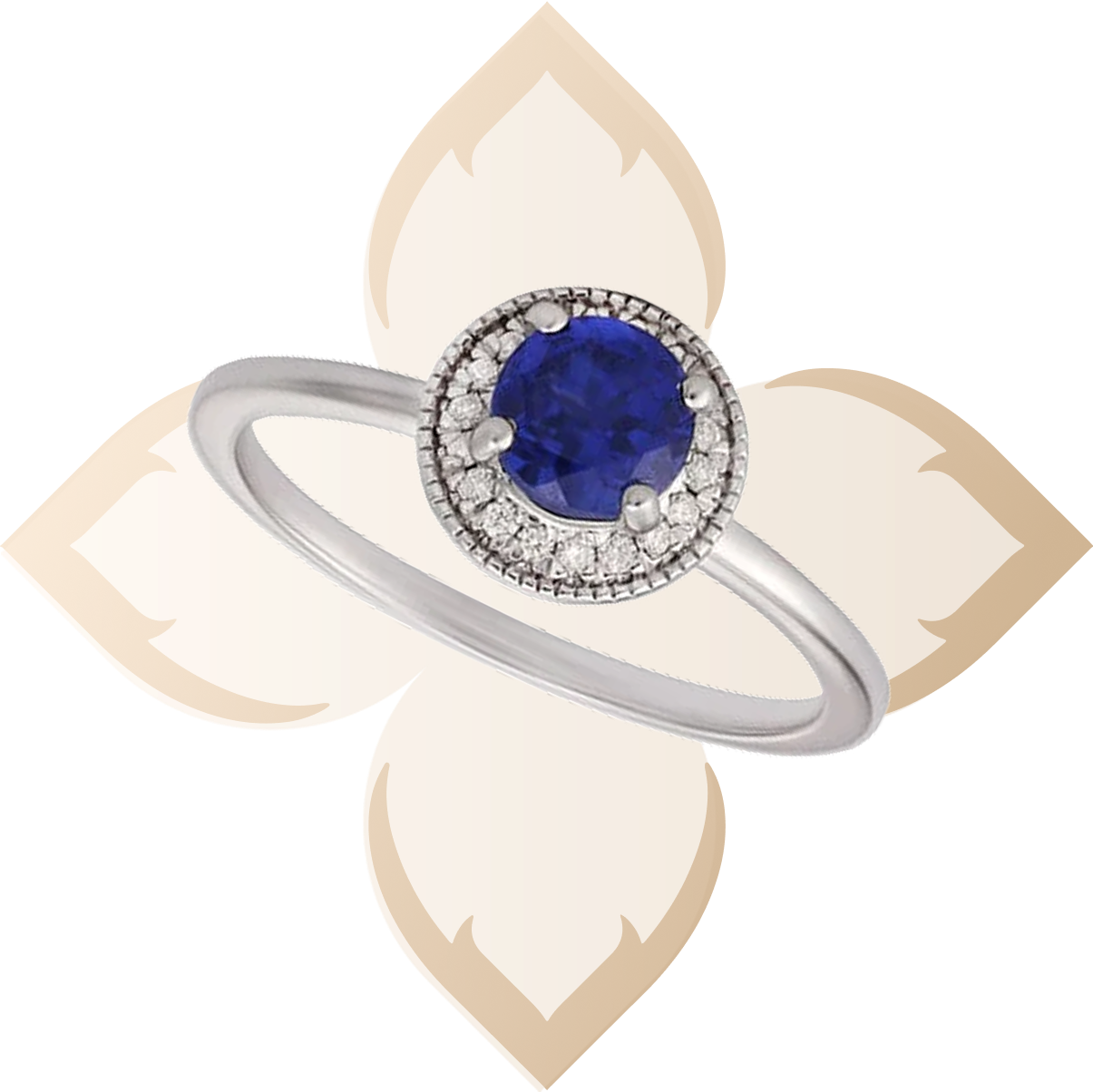
Upper Girdle Facets
These facets surround the bezel, bridging the crown to the girdle. Though not named in all charts, they add subtle sparkle and influence overall symmetry.
Diamond Girdle
The diamond girdle is the narrow band around the gem’s widest point. It’s the “waist” that separates the crown from the pavilion and ensures a secure setting.
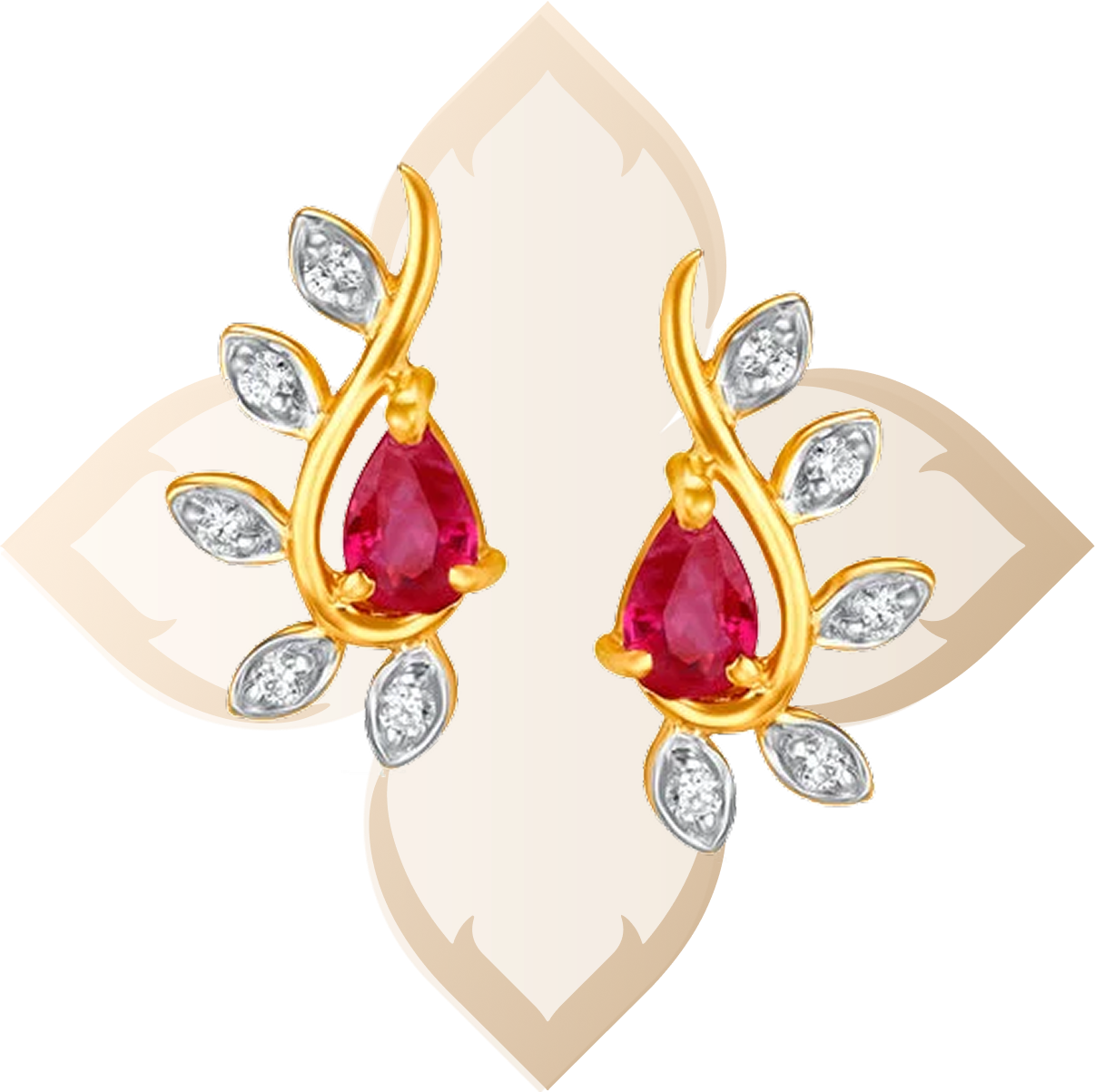
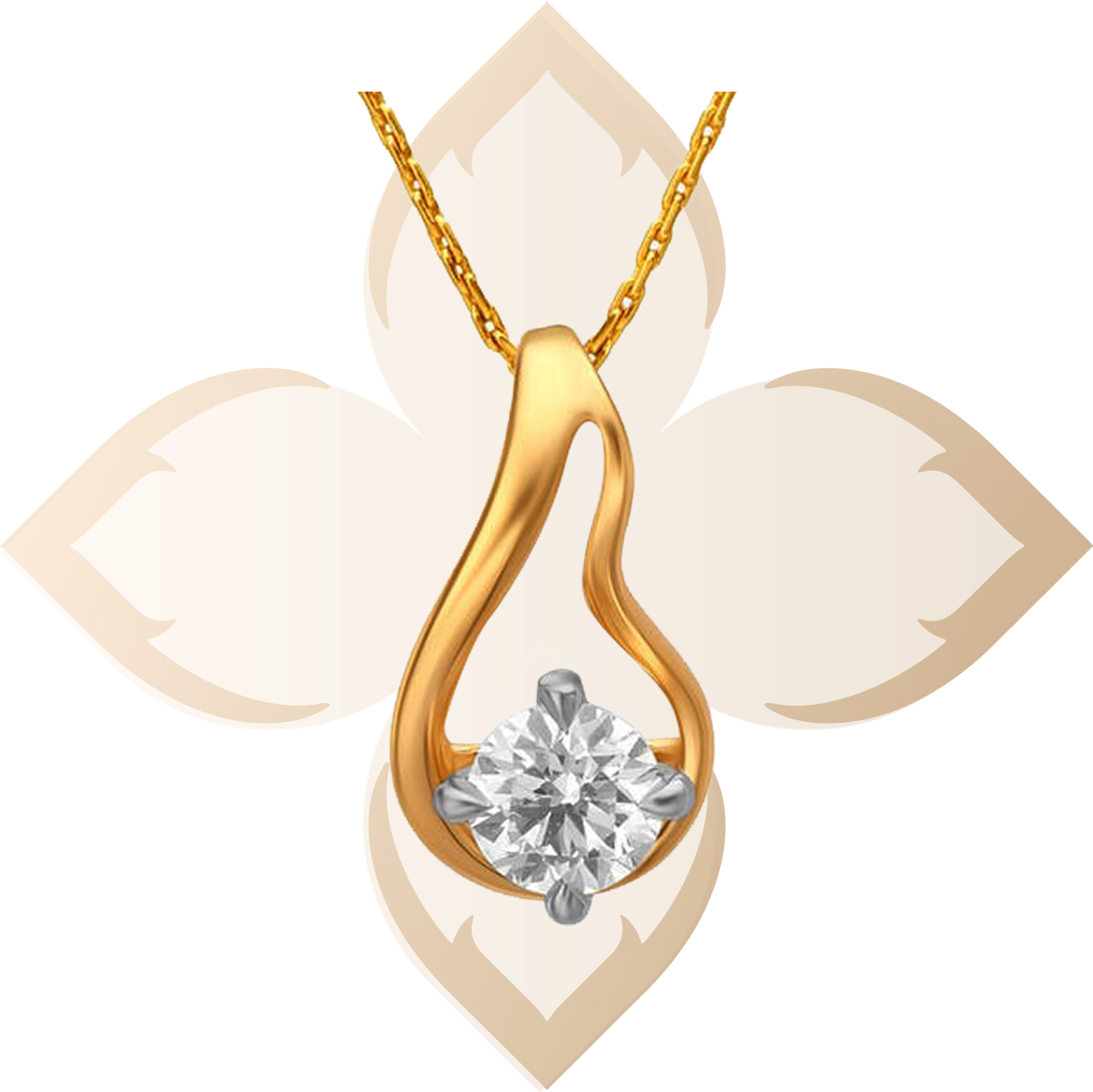
Diamond Pavilion
Below the girdle lies the diamond pavilion, where light reflects upward. Its depth, often 43–45% of the total height, determines whether light is returned or lost through the bottom.
Lower Girdle Facets
Mirroring the upper girdle, these facets sit just above the pavilion main facets. They fine-tune the diamond’s scintillation, creating those tiny flashes around the gem’s edge.
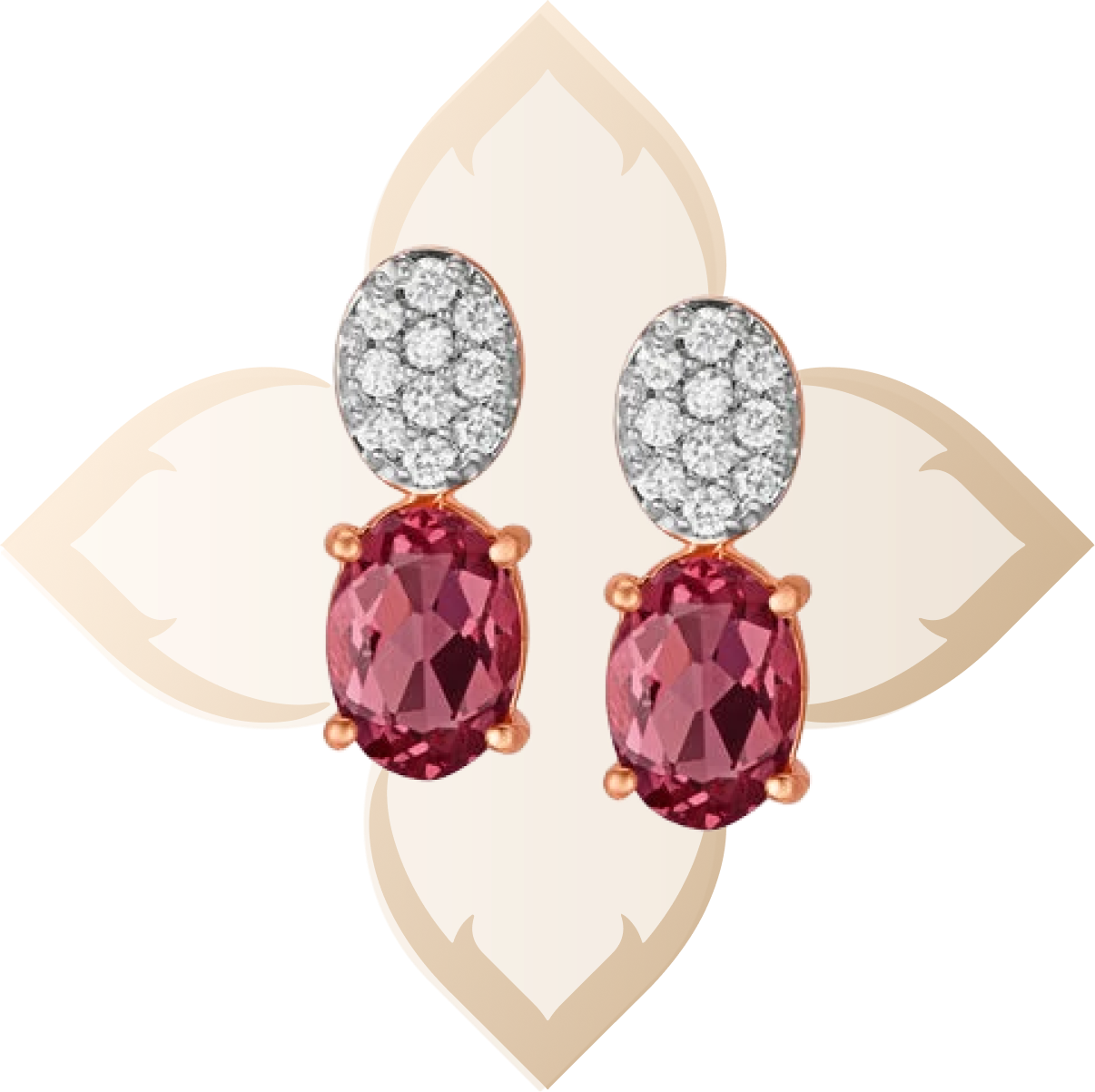
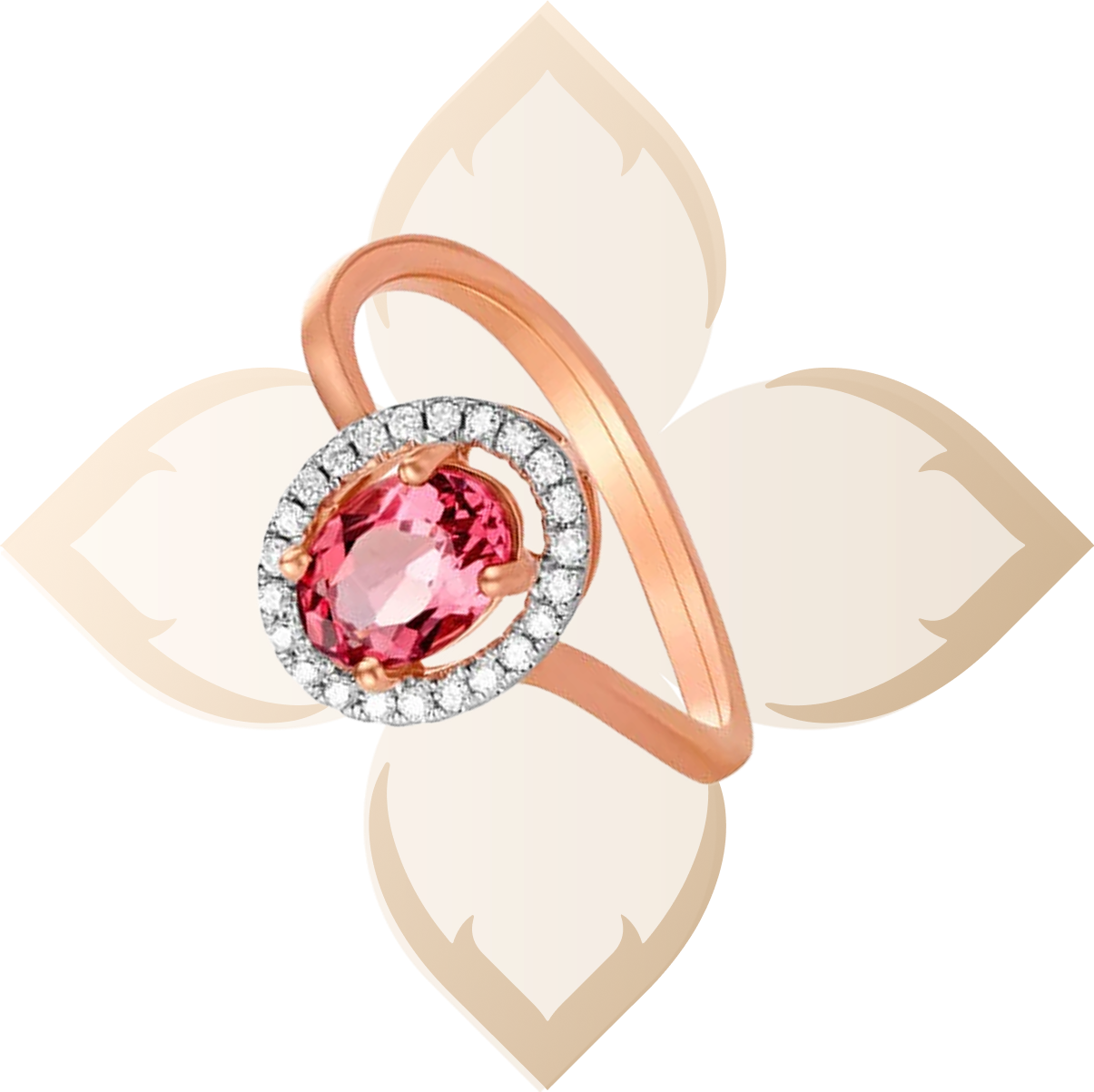
Pavilion Facets
These larger facets direct light back toward the crown. Precision here is crucial: too deep, and light escapes; too shallow, and brilliance dwindles.
Diamond Culet
At the very tip of the pavilion, the diamond culet may be a tiny facet or a point. A well-proportioned culet prevents damage without compromising sparkle.
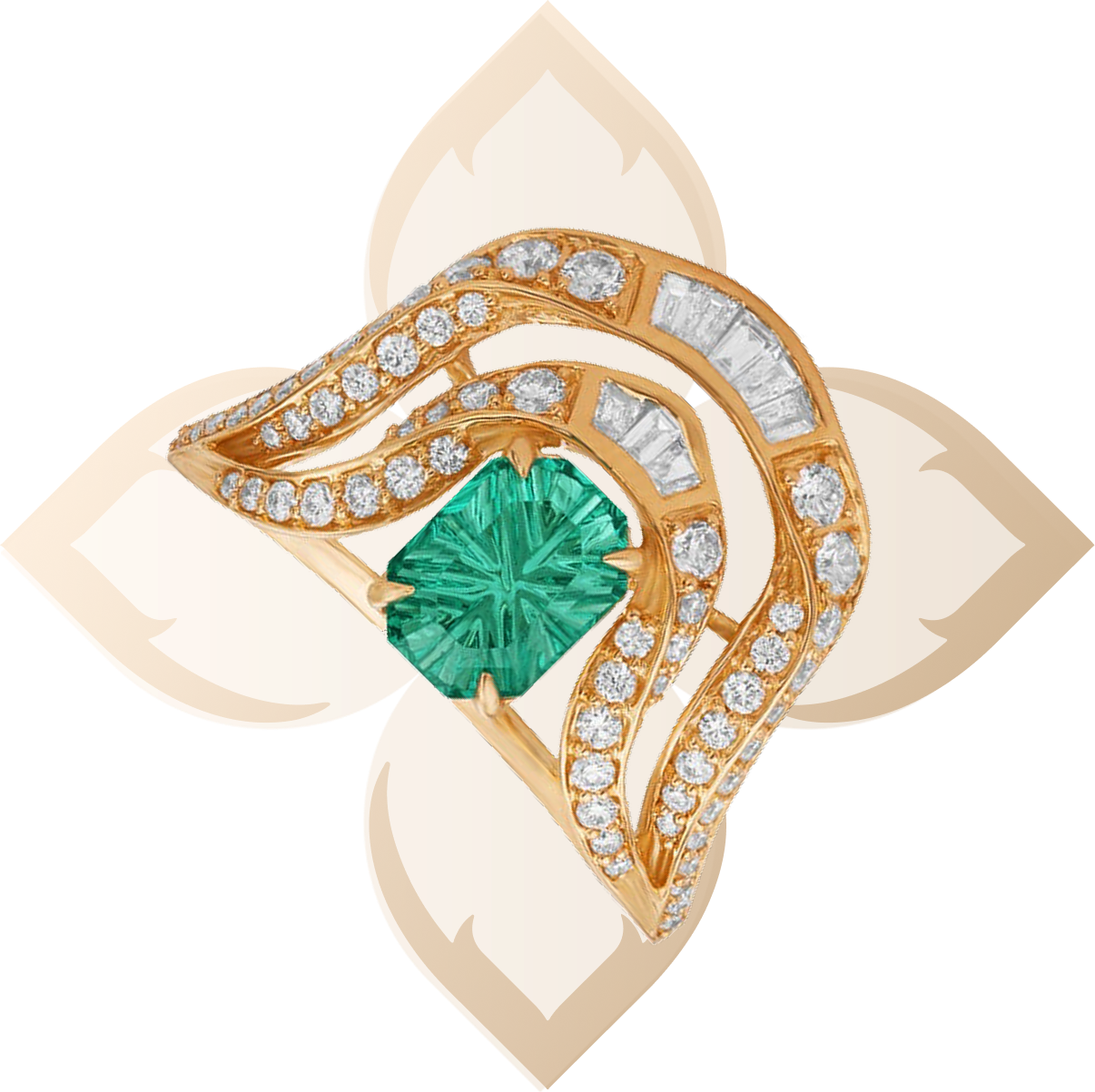
Diamond Facets and Their Impact on Sparkle:
Every facet contributes to the dance of light. A detailed diamond facets chart maps out each angle and proportion – vital when asking how many facets on a diamond you need for optimal brilliance. Traditional round brilliants boast 57 or 58 facets, but fancy shapes may vary, each combination tuned for maximum fire or scintillation.
Diamond Facets Chart Explained:
A Diamond facets chart visually represents facet placement: crown facets above the girdle, pavilion facets below. It’s the jeweller’s blueprint, ensuring symmetry, angle precision and that perfect return of light.
Why Knowing Diamond Anatomy
Helps You Choose Better
Armed with the language of facets – diamond table, diamond girdle, diamond pavilion, diamond culet – you become a connoisseur, not just a consumer. Whether you’re selecting gorgeous diamond engagement rings, a sleek diamond stone ring for him, or a coordinated diamond necklace earring set, Tanishq’s experts guide you through every detail so you can appreciate the artistry and discover the diamond that truly speaks to your heart.


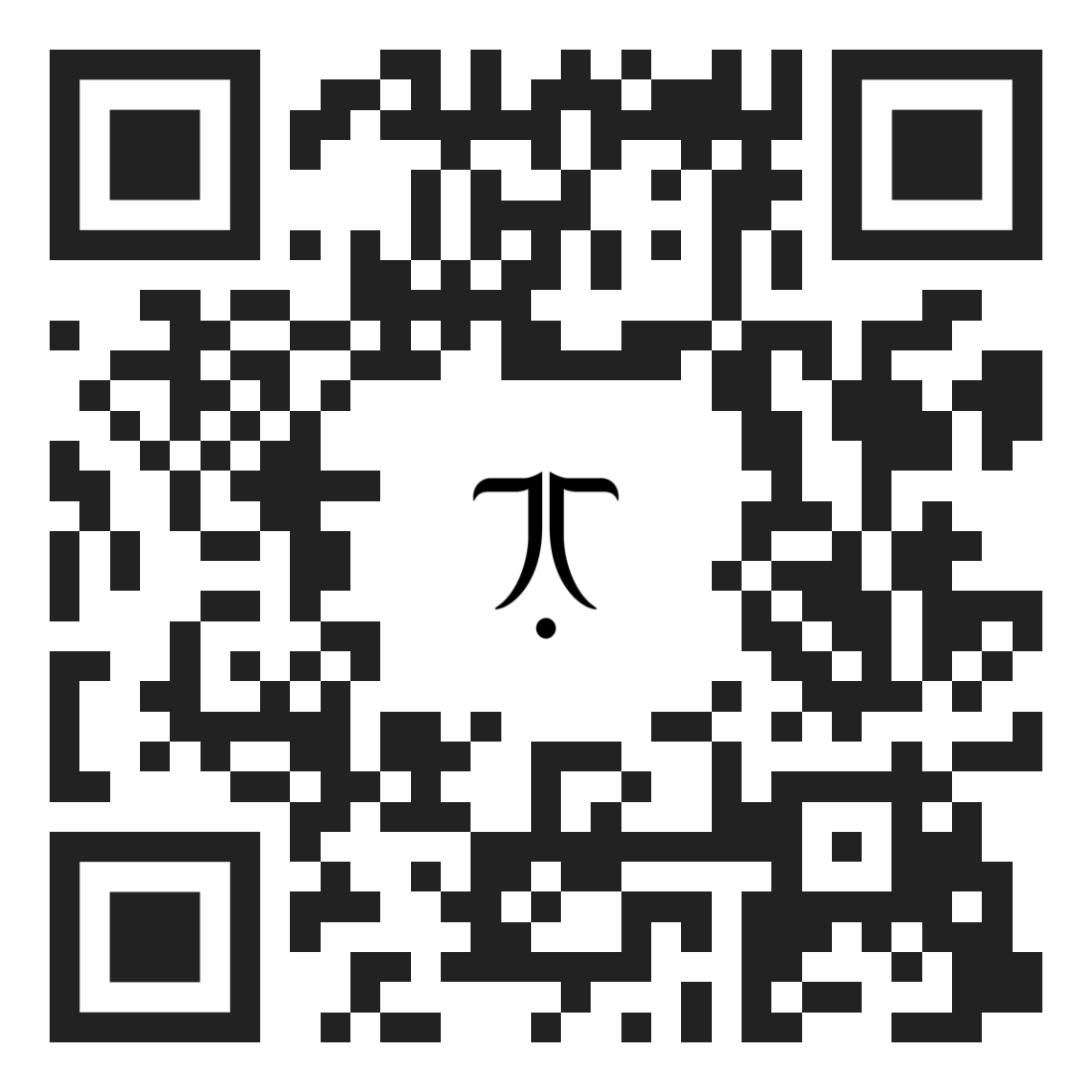 GET THE APP
GET THE APP



